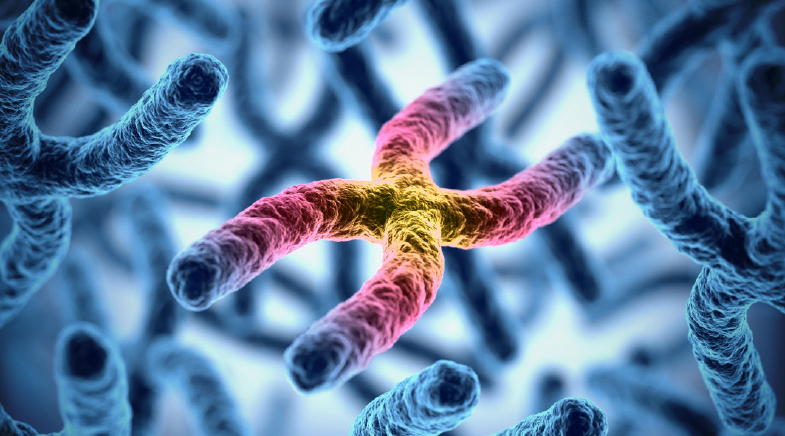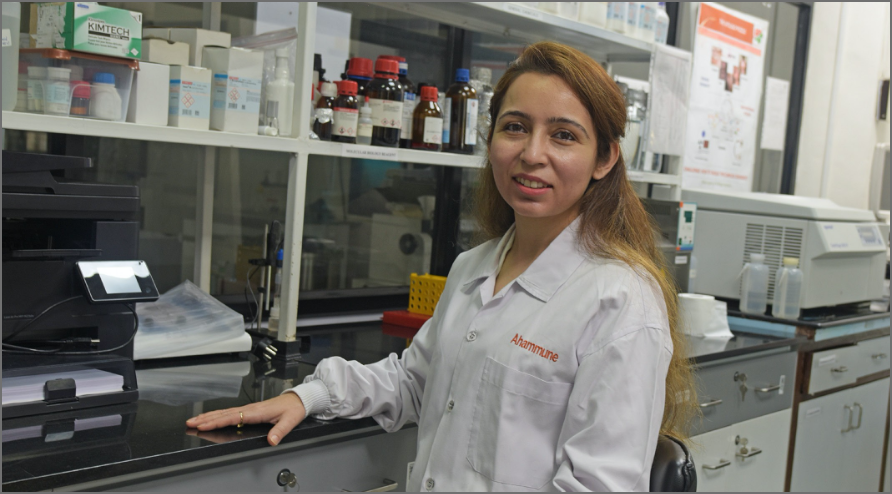Solving the human genome puzzle
-
- from Shaastra :: vol 01 issue 03 :: May - Jun 2022

A much clearer picture of the genome has emerged, but the secret of life is yet to be fully revealed.
On April 25, 1953, the journal Nature published a one-page paper by James Watson and Francis Crick, two scientists from Cambridge University. The paper, titled 'A Structure for Deoxyribose Nucleic Acid', didn't make headline news right away, but within a few years their findings would launch a revolution in the truest sense of the word.
The DNA structure, Watson and Crick wrote, suggests "a possible copying mechanism for the genetic material". The genomes of all living organisms consist of DNA. In humans, DNA is packaged into 23 pairs of chromosomes; one set is inherited from each parent. Each chromosome has its share of genes, the functional units of heredity.
Watson and Crick had shown that the DNA was a double helix, made of two strands of molecules called nucleotides. The sugar and phosphate parts of the nucleotide form the two strands of the helix, and the nucleotide bases point into the helix, where they stack on top of each other. DNA molecules have four kinds of nucleotide bases. These bases pair with specificity. Adenine (A) pairs with Thymine (T). Guanine (G) pairs with Cytosine (C). The pairing is key: it is the basis by which DNA molecules are copied when cells divide.
Crick was the first to realise that the seemingly random sequence of the four bases in the genomic DNA formed a code and provided a template for protein synthesis. In 1968, Marshall Nirenberg, Har Gobind Khorana, and Robert Holley would win the Nobel Prize for breaking the genetic code. They described how three nucleotide bases in a DNA code for each of the 20 amino acids, which are the fundamental building blocks from which all life is constructed.
PAST ISSUES - Free to Read


Have a
story idea?
Tell us.
Do you have a recent research paper or an idea for a science/technology-themed article that you'd like to tell us about?
GET IN TOUCH














